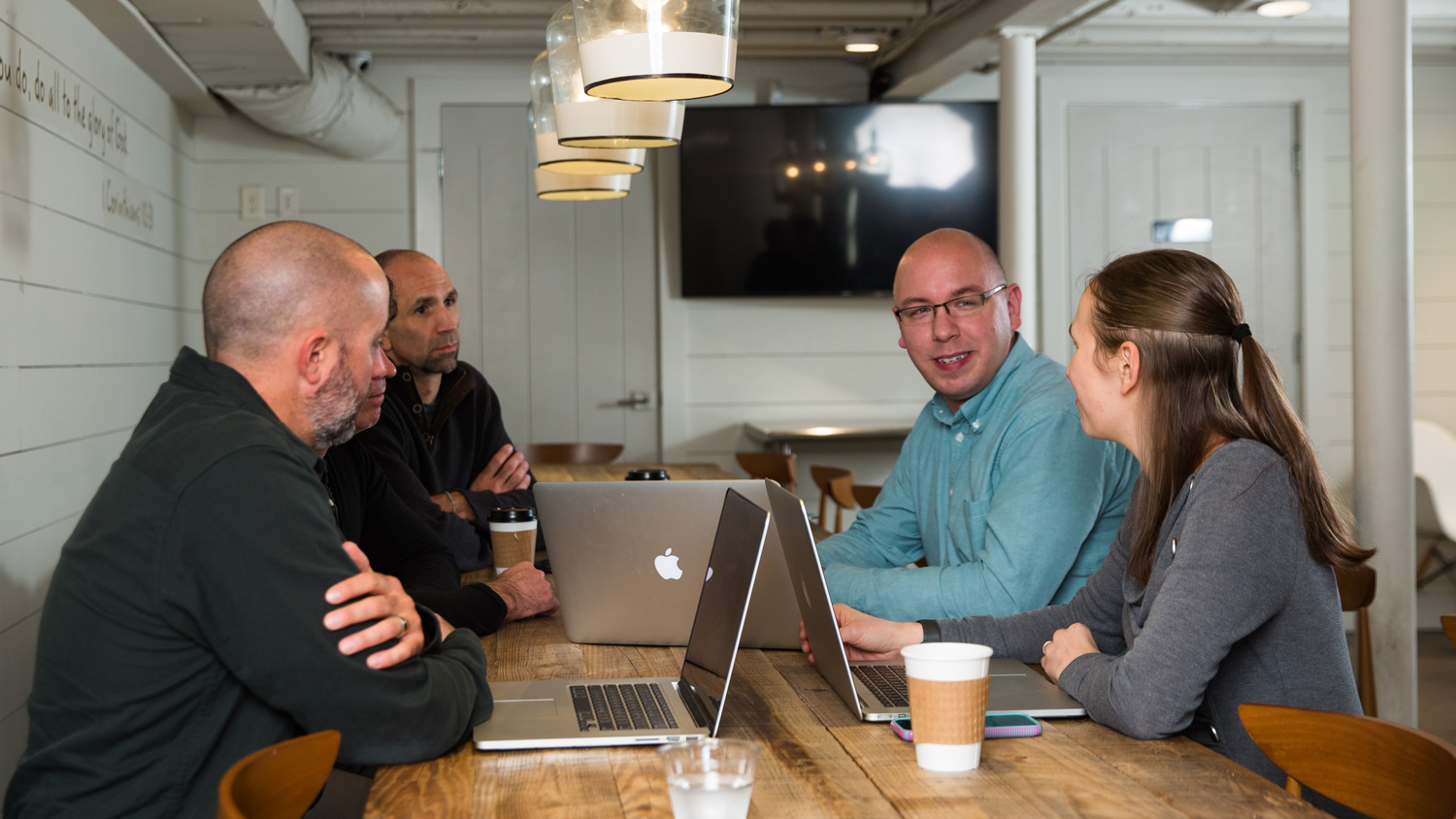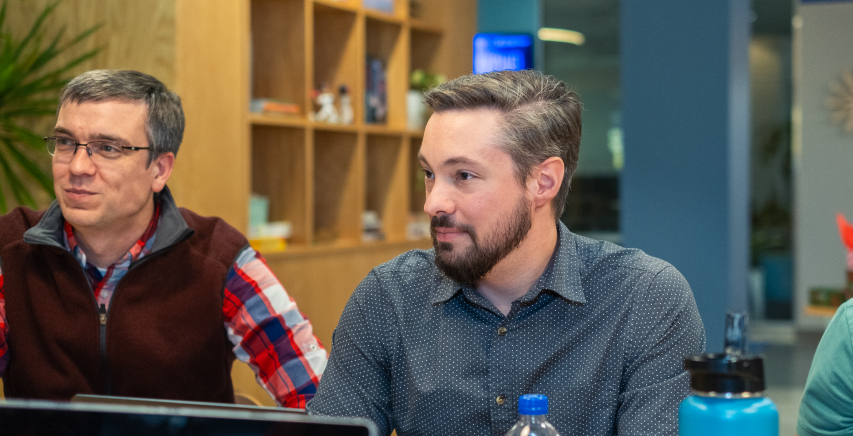In today’s digital age, having a website is a crucial component of any business’s marketing strategy. A website not only helps a business to establish an online presence but also serves as a platform to engage with customers and generate leads. However, creating a successful website requires more than just an aesthetically pleasing design. In this article you will find out how to keep the web design process efficient.
Identify Your Website Goals
Before starting the process of creating a website, it is crucial to identify the primary goal of your website.
- Are you sharing your ideas through a personal blog?
- Are you selling products through an online store?
- Are you showcasing your work for a potential client?
Understanding of your website’s objective will help you to make informed decisions throughout the design and development process.
Identify your audience
Knowing why someone is coming to your site and what they are looking for is a critical part of designing a user-centered website. With research on your audience, you can gain insight into their needs and address their pain points. Consider factors such as age, gender, location, and interests when analyzing your audience. Understanding the motivations behind their visit will help you to create a site that meets their needs and ultimately leads to a positive user experience and conversion.
What is your primary call-to-action?
Once you understand who your audience is, you need to think about the reasons why your audience is coming to your site. Are they looking for information, trying to make a purchase, or seeking support? This is where your primary call-to-action (CTA) comes in. Your CTA should be clear, concise, and easy to find. When someone knows what to do, they are more likely to do it! If they come to your site to buy a product and can’t find the store, then they won’t convert to being a customer.
Your CTAs should be tailored to meet their needs and encourage them to take the desired action. Keep in mind that your CTA doesn’t have to be a one-size-fits-all solution. You may need to create different CTAs for different parts of your site or different stages of the customer journey. Take the time to develop a strong primary CTA then you can help guide users towards the actions that matter most to your business.
Have a Content Plan
The beast of any website project is content. It all has to be thought about and written. This is manual and tedious and important. There are high stakes here. Lower the stress by having a plan.
Content First Design
Content-first design is a web design approach where the content is created before the website is designed. When starting with content, a designer can create a user-experience that meets the needs of your target audience. The content-first approach can also help you avoid common design pitfalls, such as cramming too much information onto a page or creating a site that’s difficult to navigate. By focusing on the content first, you can create a site that’s both aesthetically pleasing and functional.
Writing Content and Pulling Imagery
Writing content and pulling imagery are critical aspects of any website project, but they can also be time-consuming. It involves collaboration among team members to align on the brand’s voice, image, and overall vision. Creating consistent content that reflects your brand’s identity and using imagery that best represents your brand will enhance the overall user experience on your website. From website copy to email campaigns to advertisements, ensuring consistency in brand messaging and imagery will help create a cohesive and memorable online presence.
Timeline
Developing a website involves several stages, from conceptualization to deployment. It is crucial to have a clear and realistic timeline that includes post-launch activities to ensure your website remains relevant and up-to-date.
Know and Make Known Your Timeline
Creating a detailed project plan and timeline is crucial to stay on track and meet the project goals. A well-defined timeline at every stage of the process, including post-launch activities such as monitoring, updating, and maintaining the site, will ensure that your goals are met. It’s essential to communicate the timeline with all stakeholders involved in the project, so everyone is aware of the milestones and deadlines. Taking a phased approach allows you time to iterate and is a cost-effective solution especially in a major website overhaul.
Set Milestones to Meet your Deadline
Milestones can help track the project’s progress and identify potential delays, allowing you to take corrective actions proactively. In addition to the pre-launch milestones, set post-launch milestones to check in and make adjustments.
Launching the site is just the beginning; you need to continuously monitor and update the site to keep it user-friendly and relevant to your target audience.
Developing a successful website requires careful planning and execution. By identifying your website’s goals, understanding your target audience, developing a content plan, and creating a realistic timeline, you can create a website that not only looks great but also serves its intended purpose. Remember that creating a successful website is an ongoing process, and it requires continuous monitoring and updating to remain relevant and user-friendly. With the right approach, you can create a website that not only meets the needs of your target audience but also drives business growth.
Your Project Checklist
Here are the steps:
- Define clear project goals and objectives.
- Create a detailed project plan and timeline.
- Conduct thorough research on the target audience and competitors.
- Create wireframes and mockups to outline the layout and functionality of the site.
- Use a consistent design style throughout the site.
- Regularly solicit feedback and make adjustments as needed.
- Test the site across different browsers and devices.
- Optimize the site for search engines.
- Launch and continuously monitor the site for any issues.
- Continuously update and maintain the site to ensure it remains relevant and user-friendly.

